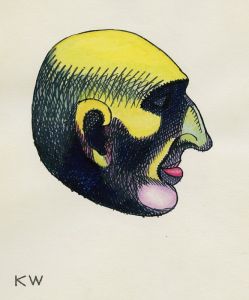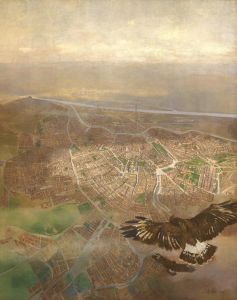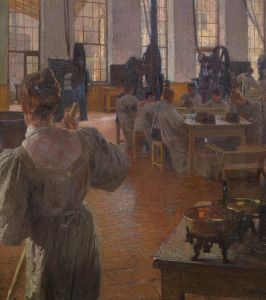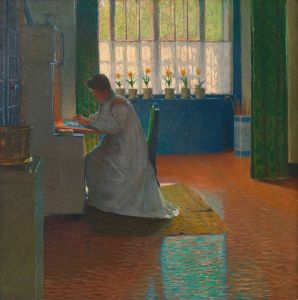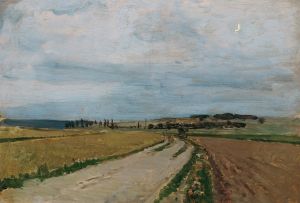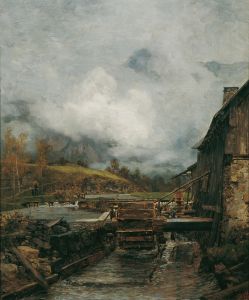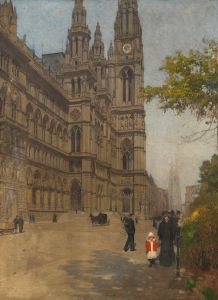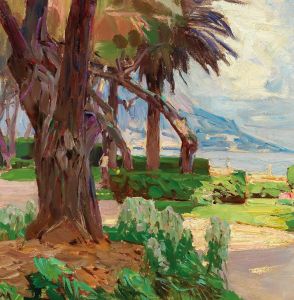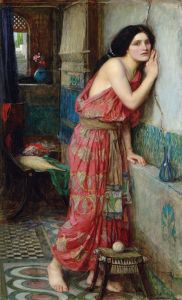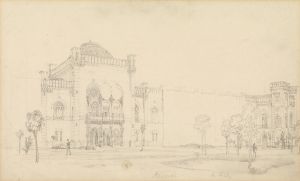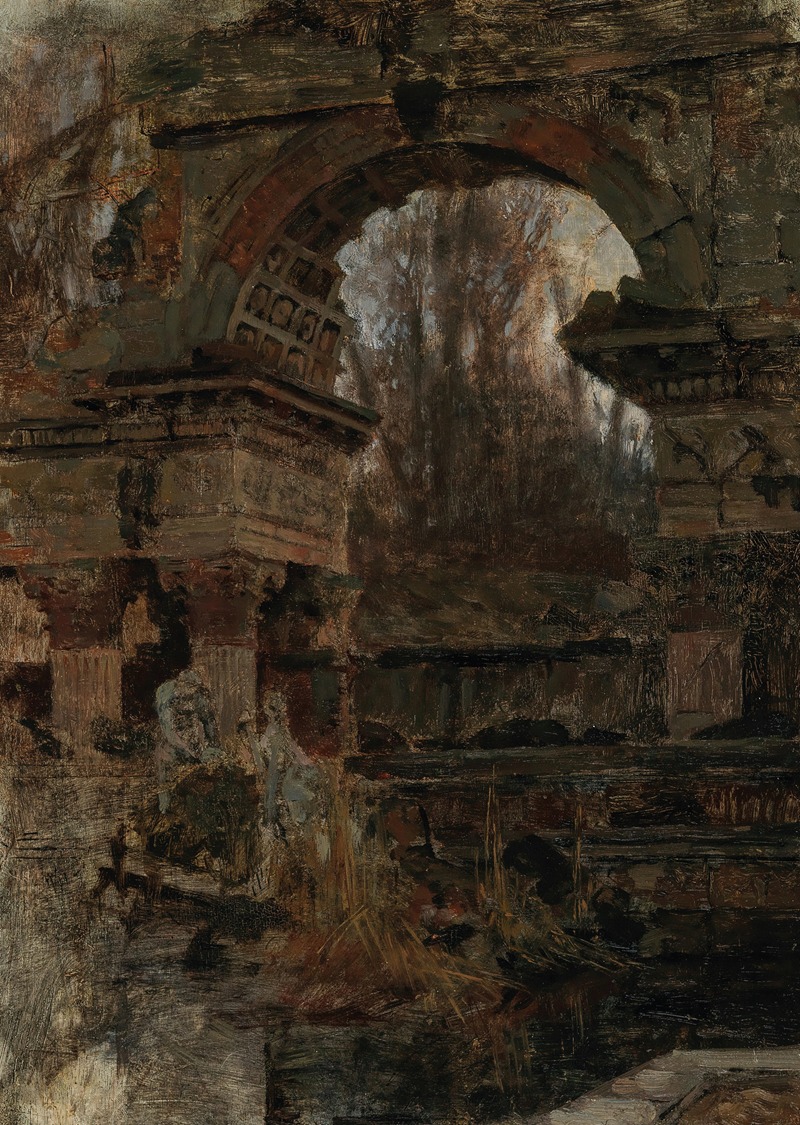
Römische Ruine in Schönbrunn
A hand-painted replica of Carl Moll’s masterpiece Römische Ruine in Schönbrunn, meticulously crafted by professional artists to capture the true essence of the original. Each piece is created with museum-quality canvas and rare mineral pigments, carefully painted by experienced artists with delicate brushstrokes and rich, layered colors to perfectly recreate the texture of the original artwork. Unlike machine-printed reproductions, this hand-painted version brings the painting to life, infused with the artist’s emotions and skill in every stroke. Whether for personal collection or home decoration, it instantly elevates the artistic atmosphere of any space.
Carl Moll (1861-1945) was an Austrian painter and one of the founding members of the Vienna Secession, a movement that sought to break away from the traditional academic art of the time. His work is characterized by a keen attention to detail, a vibrant use of color, and a focus on capturing the essence of his subjects, whether they be landscapes, interiors, or still lifes.
One of Moll's notable works is "Römische Ruine in Schönbrunn," which translates to "Roman Ruin in Schönbrunn." This painting depicts the Roman Ruin, an artificial ruin located in the gardens of Schönbrunn Palace in Vienna, Austria. The ruin was designed by the architect Johann Ferdinand Hetzendorf von Hohenberg and constructed between 1778 and 1780 under the reign of Empress Maria Theresa. It was intended to evoke the grandeur and romanticism of ancient Rome, a popular theme in 18th-century landscape design.
In "Römische Ruine in Schönbrunn," Moll captures the picturesque quality of the ruin, which is set amidst the lush greenery of the Schönbrunn gardens. The painting showcases Moll's skill in rendering natural light and shadow, as well as his ability to create a sense of depth and atmosphere. The ruin itself is depicted with a high level of detail, emphasizing the texture of the stone and the intricate architectural elements.
The composition of the painting is carefully balanced, with the ruin positioned slightly off-center to draw the viewer's eye into the scene. The surrounding foliage is rendered in rich, vibrant hues, creating a striking contrast with the muted tones of the stone structure. Moll's use of color and light serves to highlight the beauty of the ruin and its integration into the natural landscape.
"Römische Ruine in Schönbrunn" reflects Moll's interest in capturing the interplay between man-made structures and the natural environment. This theme is evident in many of his works, where he often explores the relationship between architecture and nature. The painting also demonstrates Moll's mastery of the plein air technique, which involves painting outdoors to directly observe and capture the effects of natural light.
Carl Moll's contribution to the Vienna Secession and his influence on Austrian art cannot be overstated. His works, including "Römische Ruine in Schönbrunn," continue to be celebrated for their technical excellence and their ability to convey a deep appreciation for the beauty of the world around us. Today, Moll's paintings are held in various public and private collections, and they remain a testament to his skill and vision as an artist.





![Pyramids of Geezeh [Giza].](/imgs/217529/s/david-roberts-pyramids-of-geezeh-giza-edcbd9cd.jpg)

